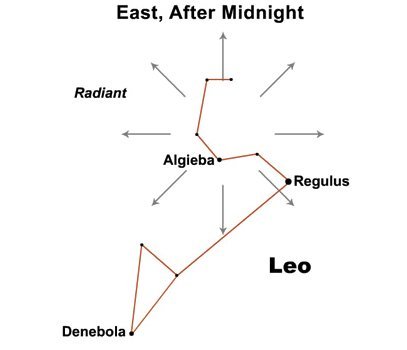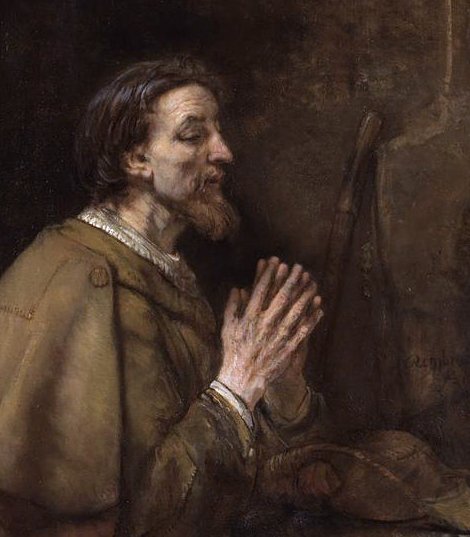361. The meteor showers proved there was a way down from the stars, and if there was a way down there should also be a way up.
The time from JUNE 21 (172) to DECEMBER 21 (355) was 183 days, but I have arranged the nakshatra stars 182 (364 / 2) days later than the heliacal stars. The final of the Extended Net was 182 days before DECEMBER 21, beginning at ε Hydrae and ending at μ Hydrae.
... In the Gospel of Mark III.17, the 'twins' James and John, the sons of Zebedee, are given by Jesus the name of Boanerges, which the Evangelist explains as meaning 'Sons of Thunder'. This was long overlooked but eventually became the title of a work by a distinguished scholar, too soon forgotten, Rendel Harris. Here the Thunder Twins were shown to exist in cultures as different as Greece, Scandinavia and Peru. They call to mind the roles of Magni and Modi, not actually called twins, but successors of Thor, in Ragnarok. But to quote from Harris: We have shown that it does not necessarily follow that when the parenthood of the Thunder is recognized, it necessarily extends to both of the twins. The Dioscuri may be called unitedly, Sons of Zeus; but a closer investigation shows conclusively that there was a tendency in the early Greek cults to regard one twin as of divine parentage, and the other of human. Thus Castor is credited to Tyndareus, Pollux to Zeus ... The extra child made the trouble, and was credited to an outside source. Only later will the difficulty of discrimination lead to the recognition of both as Sky-boys or Thunder-boys. An instance from a remote civilization will show that this is the right view to take. For example, Arriaga, in his 'Extirpation of Idolatry in Peru' tells us that 'when two children are produced at one birth, which they call Chuchos or Curi, and in el Cuzco Taqui Hua-hua, they hold it for an impious and abominable occurrence, and they say, that one of them is the child of the Lightning, and require a severe penance, as if they had committed a great sin'. And it is interesting to note that when the Peruvians, of whom Arriaga speaks, became Christians, they replaced the name of Son of Thunder, given to one of the twins, by the name of Santiago, having learnt from their Spanish (missionary) teachers that St. James (Santiago) and St. John had been called Sons of Thunder by our Lord, a phrase which these Peruvian Indians seem to have understood, where the great commentators of the Christian Church had missed the meaning ... Another curious and somewhat similar transfer of the language of the Marcan story in the folk-lore of a people, distant both in time and place ... will be found, even at the present day, amongst the Danes ... Besides the conventional flint axes and celts, which commonly pass as thunder-missiles all over the world, the Danes regard the fossil sea-urchin as a thunderstone, and give it a peculiar name. Such stones are named in Salling, sebedaei-stones, s'bedaei; in North Salling they are called sepadeie-stones. In Norbaek, in the district of Viborg, the peasantry called them Zebedee stones! At Jebjerg, in the parish of Cerum, district of Randers, they called them sebedei-stones ... The name that is given to these thunderstones is, therefore, very well established, and it seems certain that it is derived from the reference to the Sons of Zebedee in the Gospel as sons of Thunder. The Danish peasant, like the Peruvian savage, recognised at once what was meant by Boanerges, and called his thunderstone after its patron saint. This might have given pause to later hyperscholars like Bultmann, before they proceeded to 'de-mythologize' the Bible. One never knows what one treads underfoot. (Hamlet's Mill)
... The son of Zebedee and Salome, James is styled 'the Greater' to distinguish him from the Apostle James 'the Less', who was probably shorter of stature. We know nothing of St. James's early life. He was the brother of John, the beloved disciple, and probably the elder of the two ... James' emblem was the scallop shell (or 'cockle shell'), and pilgrims to his shrine often wore that symbol on their hats or clothes. The French for a scallop is coquille St. Jacques, which means 'cockle (or mollusk) of St. James'. The German word for a scallop is Jakobsmuschel, which means 'mussel (or clam) of St. James'; the Dutch word is Jacobsschelp, meaning 'shell of St. James' ... The scallop shell is represented in the decoration of churches named after St. James, such as in St James' Church, Sydney, where it appears in a number of places, including in the mosaics on the floor of the chancel. When referring to St James, the scallop shell is represented with convex perspective. Referring to Venus the perspective is concave ... The date to celebrate St James (the Great) was July 25 in Western Christianity, April 30 in Eastern Christianity, and December 30 in the Hispanic Church. On the other hand, St John (the apostle) was celebrated in December 27 according to all these church traditions. St George, who died in April 23 in the year 303 AD, was celebrated in April 23 ...
|
||||||||||||||||||||||||||||||||||||||||||||||||||||||||||||||||||||||||||||||||||||||||||||||||||||||||||||||||||||||||||||||||||||||||||||||||||||||||||||||||||||||||||||||||||||||||||||||||||







